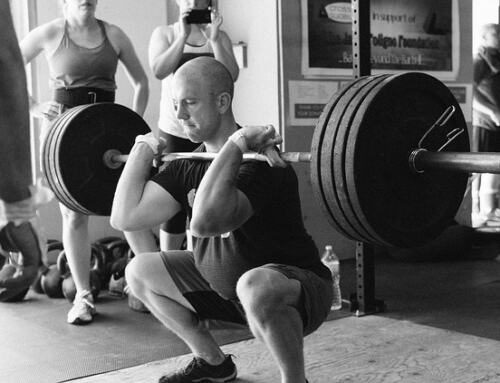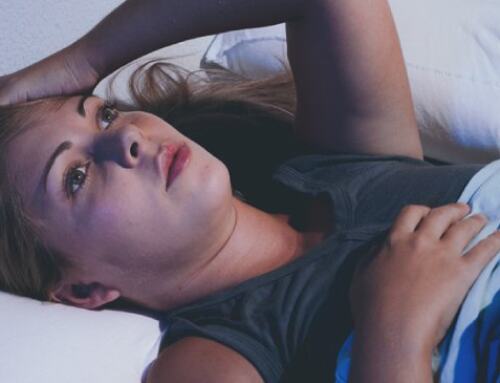Why Tai Chi Works So Well For Pain Relief
There are more questions than answers when it comes to fibromyalgia, or chronic pain. What doctors know is that it causes muscle pain throughout the body, fatigue, sleep problems and even psychological impairment and depression. What they don’t know is what causes it and how best to treat its generalized symptoms.
In a new study published in the BMJ, researchers report encouraging results involving one way to reduce the painful effects of fibromyalgia: with tai chi, an ancient practice originating in martial arts that has since become part of traditional Chinese medicine. The mind-body practice involves both physical and psychological exercises that promote health. While small studies have suggested that tai chi could help reduce symptoms of fibromyalgia, no rigorous trial has compared tai chi’s effect to those of currently recommended treatments for the condition, until now.
In the new study, scientists led by Dr. Chenchen Wang, director of the Center for Complementary and Integrative Medicine at Tufts Medical Center, and her colleagues studied a group of 226 people with fibromyalgia for a year. For the first 12 to 24 weeks, they randomly assigned the volunteers to a currently recommended aerobic exercise regimen, or one of four tai chi sessions. They measured people’s symptoms of physical pain and psychological effects of their condition at the start of the study and again at 12, 24 and 52 weeks.
Wang found that while all of the people reported fewer symptoms at the end of the year, all those in the tai chi groups reported more improvement in their symptom control than people in the aerobic exercise group after 24 weeks. And among those assigned to a tai chi regimen, people who practiced tai chi for a longer period of time showed greater improvement than those who did it for a shorter period.
“We think our results suggest that physicians should think about what type of exercise is best for their patients with fibromyalgia,” says Wang. “We found that tai chi was more enjoyable [for patients], there was a social connection and they could practice it at home by themselves with their family and friends.”






